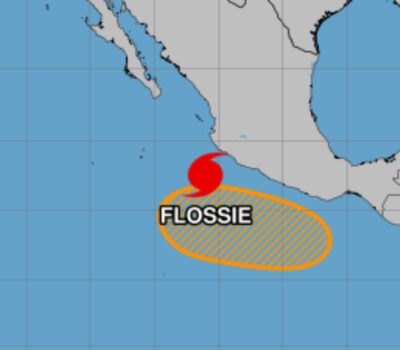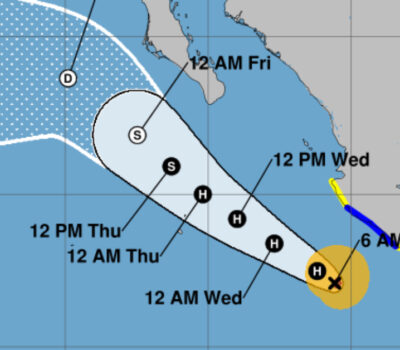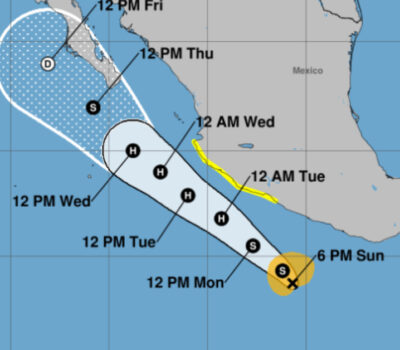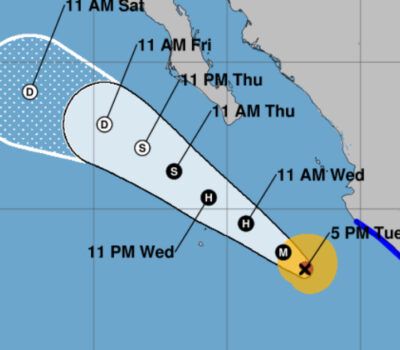Peppers of all kinds are one of summer’s favorite vegetables. Versatile and easy to work with, peppers come in flavors mild and sweet to five-alarm hot and spicy. Peppers were domesticated in Mexico. As early as 6000 years ago, red peppers were used in tropical South America as a spice to disguise the taste of bland or unpalatable food. An antioxidant, chile is also useful in preserving food. Chile peppers are called ‘chile’ in Mexico and Central America and ‘aji’ in South America and the West Indies. You’ll notice that we spell chile peppers with an “e,” not with an “i.” Chile refers to hot peppers, whereas chili refers to the stew/soup-like bean and meat concoction.
Bell peppers are a cultivar of the species of plants called Capsicum annuum, as are the jalapeño and pimento. Colors range from green, red, yellow, orange, and, more rarely, to white, purple, and brown depending on when they are harvested. Because they are unripe, green peppers are less sweet and slightly more bitter than the reds, oranges, and yellows, which all taste similar. They are all high in vitamin C, vitamin A, and potassium.
Chile peppers are from the same species, but from different cultivars. They also come in many different colors, and are very high in nutrients. Chile pepper heat is measured in Scoville Units. Developed by Wilbur Scoville in 1912, Scoville Units measure chile pepper heat in multiples of 100, with the bell peppers at 0 and the habanero at over 300,000 Scoville Units.
The substance that makes a chile hot is called capsaicin, also known for its ability to improve one’s health by increasing blood circulation and metabolism. Pure capsaicin comes in at over 16 million Scoville Units! Capsaicin is found in its highest concentrations (about 80% of the total amount) in the ribs of the pepper, and because of their proximity, the seeds are also highly concentrated. Removing the ribs and seeds will reduce the heat of the chili pepper. Capsaicin is also distributed in smaller amounts throughout the flesh of the chile pepper, and because it’s distributed unevenly it’s common for some areas of a pepper to be hotter than others.
So whether you like mild bell peppers or go for the super-hot habanero or ghost pepper, they’re at their peak through the summer months.
Peppers of all kinds are one of summer’s favorite vegetables. Versatile and easy to work with, peppers come in flavors mild and sweet to . . .











